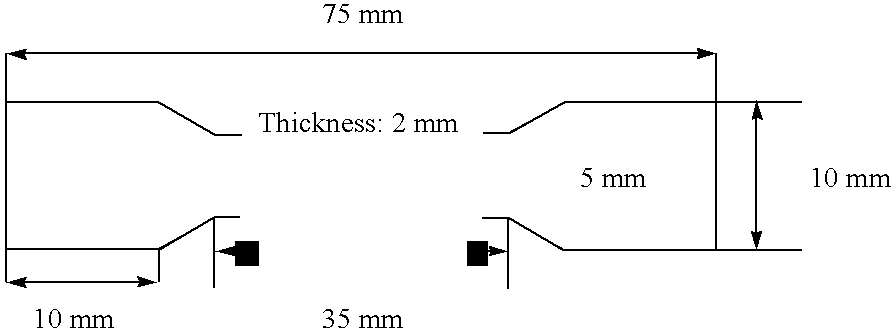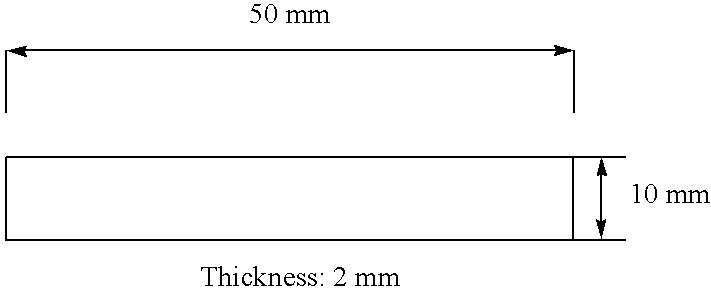Photocurable Compositions
- Summary
- Abstract
- Description
- Claims
- Application Information
AI Technical Summary
Benefits of technology
Problems solved by technology
Method used
Image
Examples
examples
1) Acrylic Composition
[0179] Stereolitiography Resin SL5131, an acrylic formulation, from Huntsman Advanced Materials, was imaged in an SL7000 machine and also according to the method of WO 00 / 21735.
[0180] Results are presented below, clearly showing improvement in Tensile Stress values:
SystemWO 00 / 21735SLA7000Tensile stress (MPa)6240Elongation at break (%)3.32-3Tensile modulus (MPa)2210N / A
2) Acrylic-Polythiol Composition 1
[0181] The following compounds were mixed at room temperature for 2 hours, under yellow light, in a brown bottle.
Amount [g]ComponentCAS30.0Sartomer 833s42594-17-26.0Sartomer36840220-08-434.8Sartomer 34964401-02-817.0Ebecryl 84029.0Ethoxylated Trimethylolpropan-tris-3-NAmercaptopropionate2.0Irgacure 651024650-42-81.2Lucirin TPO75980-60-80.08BHT128-37-0
[0182] Ebecryl 8402 is an urethane diacrylate component which has, according to US 20040181007, a Mw of 1000.
[0183] The composition was imaged in an SL7000 machine and also according to the method of WO 00 / 2...
examples 4 to 8
[0189] The following formulations were made by tumble mixing the components [wt %] in a brown jar, having tightly sealing cap: room temperature for 6 hours.
[0190] Viscosity of fluids was measured using a Brookfield HBTD Viscometer (0.8° cone spindle) at both 25° C.
[0191] Mould Cured Samples: the formulations were poured into a silicone mould and cured under UV (Fusion Systems F450 lamp, 120 W / cm2, 7.5 s). The parts were removed from the mould, turned, and cured under UV again (Fusion SystemsF450 lamp, 120 W / cm2, 7.5 s). Tensile properties were measured using Stable Micro Systems TA-HDi Texture Analyser, test speed 0.08 mm / s, grip distance 55 mm.
Exam-Exam-Exam-Exam-Componentple 4Example 5ple 6ple 7ple 8Epoxy UVACURE3006030301500Oxetane Cyracure170341017UVR 6000Acrylic Sartomer 349479404030Acrylic Sartomer 495000150Acrylic Sartomer 348000017Cyracure UVI 697630623Irgacure 18436033N,N-dimethyl0.05notnananabenzylamineavailableTensile Stress MPa7252674675Elongation at break %5.033.43....
PUM
| Property | Measurement | Unit |
|---|---|---|
| Fraction | aaaaa | aaaaa |
| Time | aaaaa | aaaaa |
| Time | aaaaa | aaaaa |
Abstract
Description
Claims
Application Information
 Login to View More
Login to View More - R&D
- Intellectual Property
- Life Sciences
- Materials
- Tech Scout
- Unparalleled Data Quality
- Higher Quality Content
- 60% Fewer Hallucinations
Browse by: Latest US Patents, China's latest patents, Technical Efficacy Thesaurus, Application Domain, Technology Topic, Popular Technical Reports.
© 2025 PatSnap. All rights reserved.Legal|Privacy policy|Modern Slavery Act Transparency Statement|Sitemap|About US| Contact US: help@patsnap.com


